Adaptive Planning for a Resilient, Thriving Community
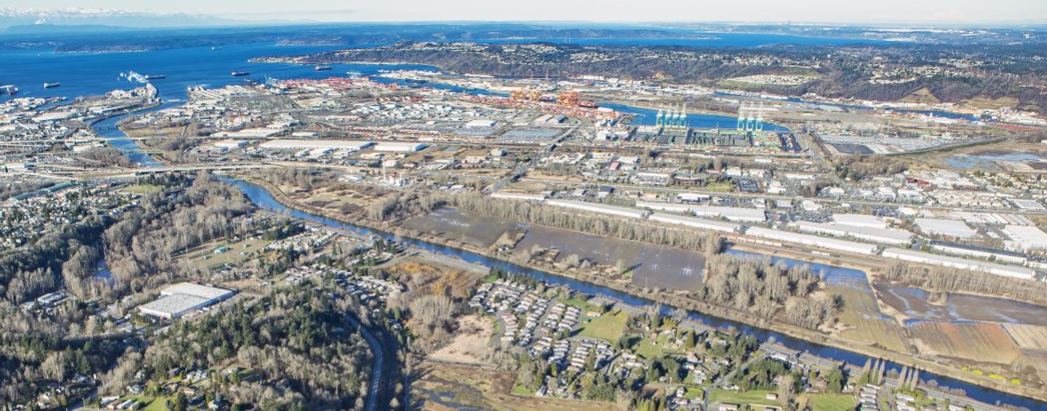
Faced with significant flooding 6 times in the last 15 years, the community around Clear Creek in Pierce County, Washington, has struggled with damages to infrastructure, compromised safety for residents, and threats to the viability of agriculture in the area. At the same time, streams in the area provide the last remaining refuge for salmon in the lower Puyallup river basin. The residents of Clear Creek cherish their farms, rural character, close-knit neighborhoods, and unique natural areas—while having to confront overlapping problems with farm, fish, and flood management issues.
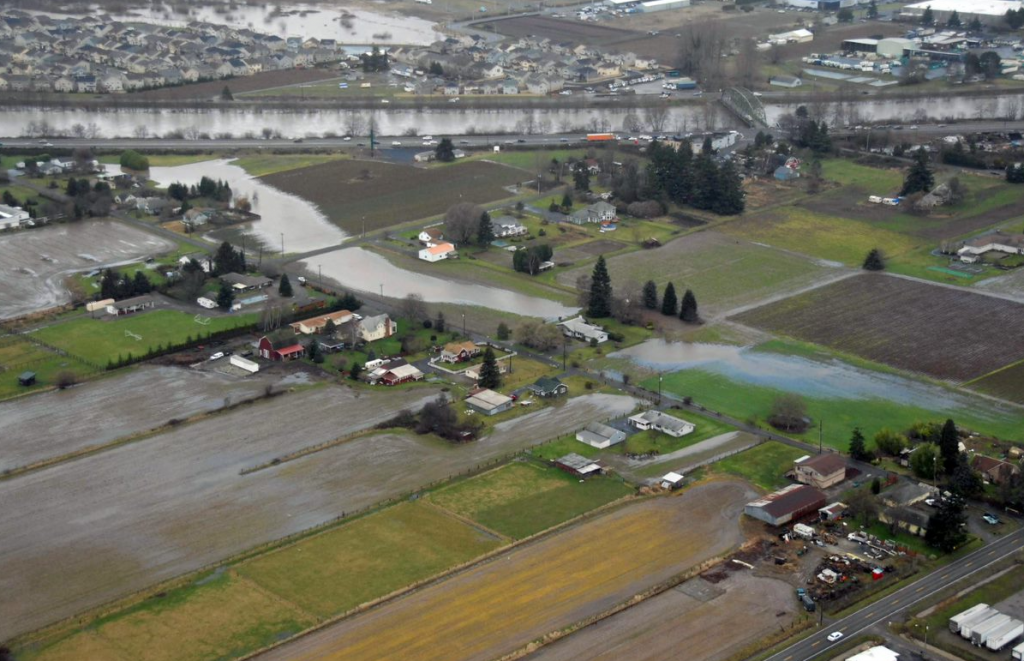
Flooding of farms in the Clear Creek/Riverside area, located in the Lower Puyallup River watershed, near Tacoma, Washington.
Pierce County took various actions to address flooding issues in the area, but without clear communication between the County and residents, there was not a common set of goals to link the County’s plans with the values and needs of the community, leading to frustration on all sides. The issue? A crucial step was missing for success: community engagement. There needed to be a better understanding of how the people, the habitat, the businesses, and even the floods interact with one another. This realization was the impetus behind the development of an adaptive Strategy Plan.

The purpose of the Strategy Plan is to improve a variety of conditions.
Developing a Long-Range Vision and Framework
Long-term, adaptive strategy plans can be an effective way to improve conditions related to flooding and drainage, agriculture and land use, social challenges, and fish habitat and ecosystem functions. In order to create the new plan, the County and the Anchor QEA team of environmental planners had to develop a collaborative approach to successfully understand everyone’s wants and needs, as well as changing conditions on the ground. This was a highly interactive process, including one-on-one interviews with residents, outreach to specific groups, updates and continual discussions with project partners, and public open houses and workshops.
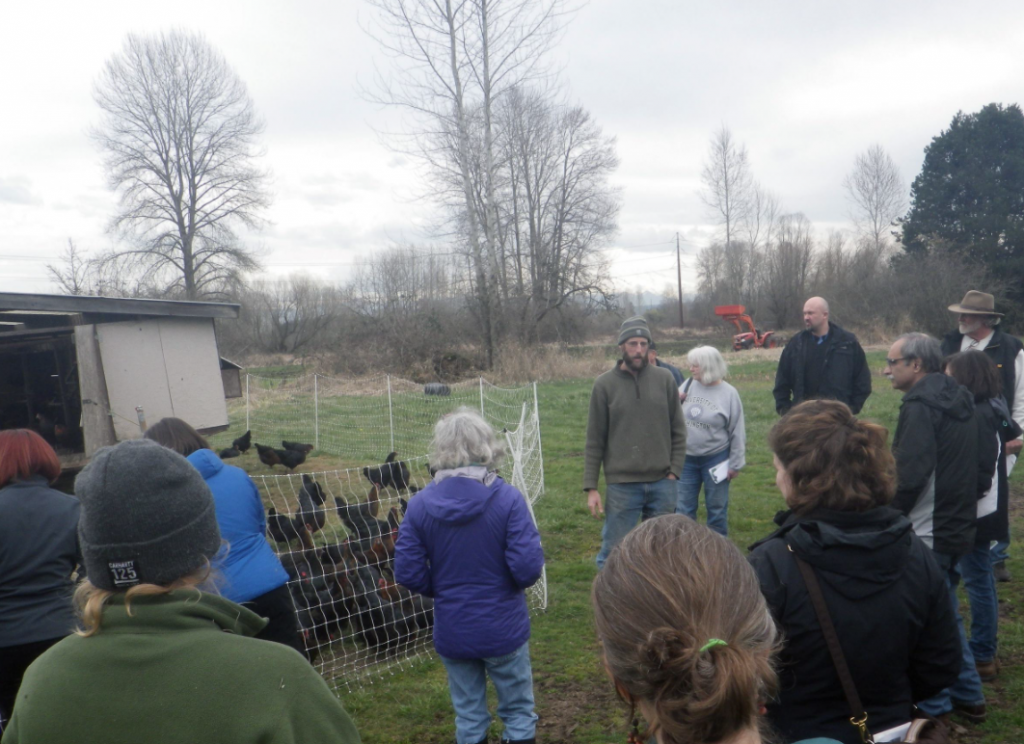
Workshop participants visit a farm in the area to discuss challenges.
Most of the development of the Strategy Plan took place in the workshops, which focused on including engaged residents and business owners and key stakeholders from different groups and organizations. Members of the community discussed their values: What hopes do you have for the future? What values do you share with your neighbors? What does future success look like to you? The facilitated process in the workshop helped to develop shared values and a common understanding of the long-range vision for the Clear Creek/Riverside area.
However, in the face of uncertainties around changes related to the climate, social conditions, and project funding, there are a wide variety of scenarios to prepare for. The team realized that a traditional master plan would not be successful in adapting to those changes, so they turned to a different, more innovative approach—one driven by resiliency, focused on multi-benefit solutions, and committed to transparency.
Planning in Dynamic Environments: The “Pathways” Approach
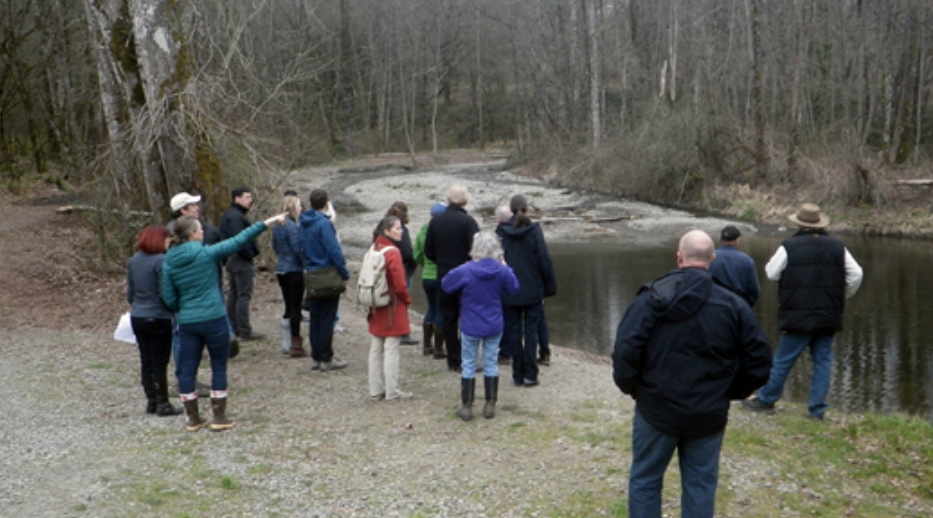
Workshop participants visit a site and discuss the future.
To better meet the needs of the Clear Creek community, Anchor QEA designed a Strategy Plan that uses a “pathways” approach to adaptive planning. The pathways approach allows for flexible long-term floodplain planning, considering all major issues and possibilities—from updated tide gates and new flood-safe structures to permitting changes, new community services, and habitat restoration. Instead of focusing on a single, final outcome and then planning to achieve it, the pathways approach acknowledges that circumstances are always changing.
While not all decisions can be made immediately, they can be planned, prioritized, and prepared for. This framework was created for implementing flood, fish, community and farm projects, and understanding the links between them. Other ongoing studies and related projects in the area are also incorporated, for a more complete picture of potential changes.
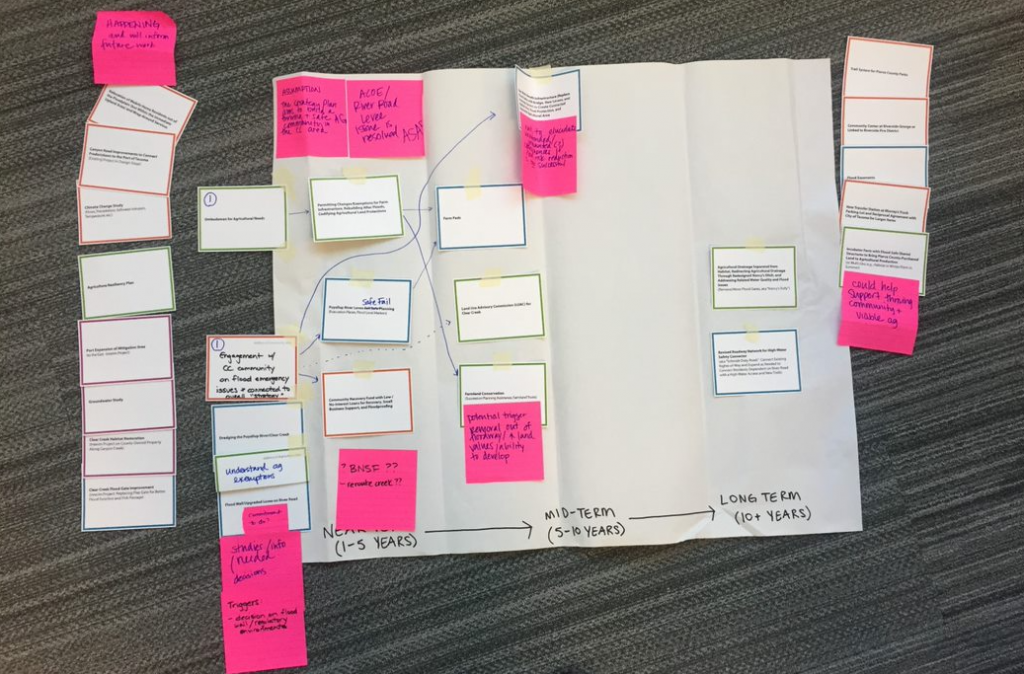
Pathways under development by one of the workshop groups.
The pathways approach is based on “resilience thinking,” which assists resource management within any complex, dynamic environment and facilitates future decision making. For example, if an area’s residents may face future harm due to potential changes to flood conditions, but are not currently interested in moving, the pathways approach allows planning conversations to start without forcing any immediate decisions or actions. The planning conversations help to examine what else can be done now, what changing conditions might trigger different actions, what different options might cost, and who would need to be involved.
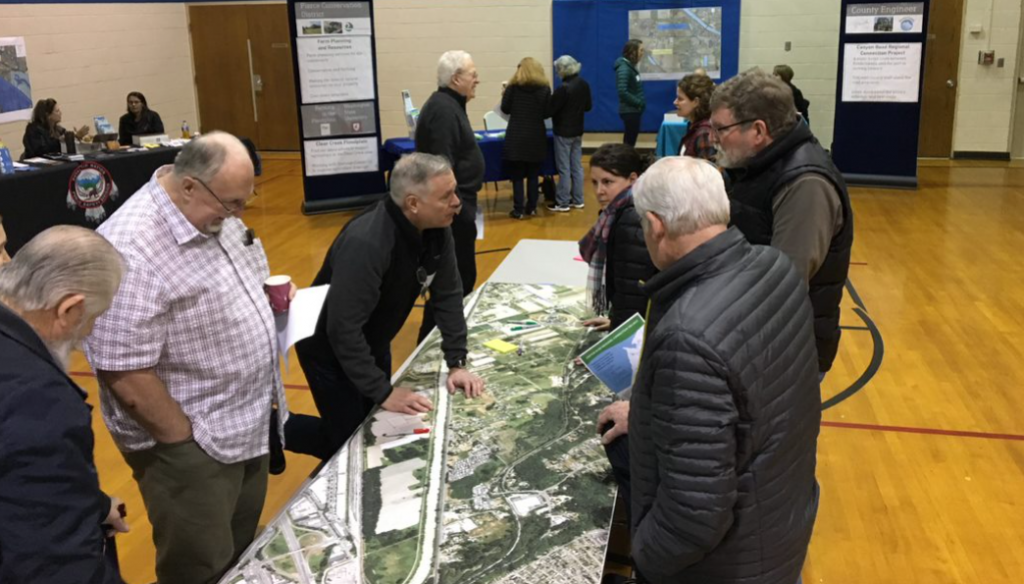
Open house participants discuss their experiences in the area.
Fostering Resiliency into the Future
Many potential pathways were developed during the engagement with the Clear Creek community, fostering discussion about shared issues and available options. The Strategy Plan evolved to rely on thematic pathways such as habitat pathways or agricultural pathways, which are adaptable, flexible, and can change over time. Rather than trying to solve each individual problem in a vacuum, these pathways can help groups visualize the connections between various efforts and devise solutions that benefit all. All of these pieces are brought together in a comprehensive, interactive multimedia website for the plan, which is visible and open to comment by all.
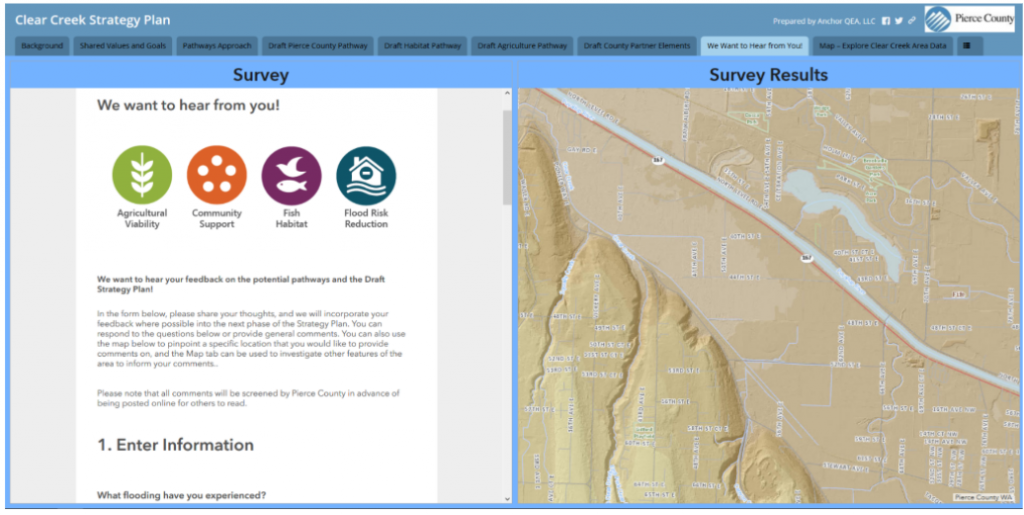
Another benefit of the fully online plan is seamlessly incorporating public commenting, including the ability to add map locations for comments.
The online plan makes it easy for people in the community to stay continually engaged with the efforts in the area. Additionally, it can be easily updated over time as physical environments change, project interests shift, or different funding becomes available. The adaptable, long-range plan acknowledges change, uses resilient thinking and focuses on values, possibilities, goals, and decision making. Implementing this kind of adaptive plan can better support both the environment and communities much more effectively than a static approach. In the face of myriad overlapping problems and potential outcomes, this unique planning approach fosters the growth of a thriving community in which everyone is working together to adapt to a rapidly changing world.

